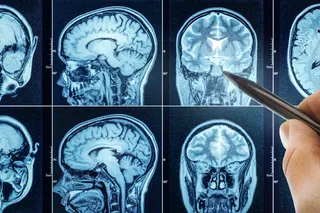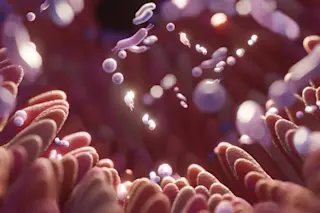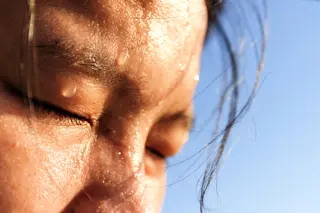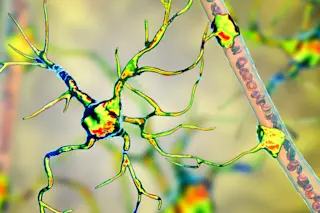Nothing ruins a summer day quite like the jolt of pain that strikes while eagerly sipping a cold milkshake. The paralyzingly frosty sensation — experienced by about a third of the population — is a cold-stimulus headache, more commonly referred to as an ice cream headache or brain freeze.
“It occurs when a cold stimulus is applied to the top of the mouth or the back of the throat,” says Mark Green, president of the World Headache Society and member of the Professional National Headache Foundation’s Leadership Council. “Then the pain begins in the temples or frontal region [of the head].”
Green notes that despite its name, the chilling sensation can be caused by any cold stimulus, even ice water. He adds, however, that “the cold has to be applied to a large area in that location, so ice water is more likely to trigger this than an ice cube.” ...














